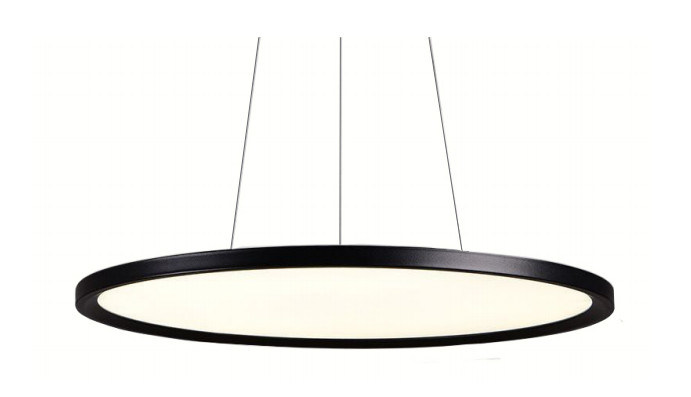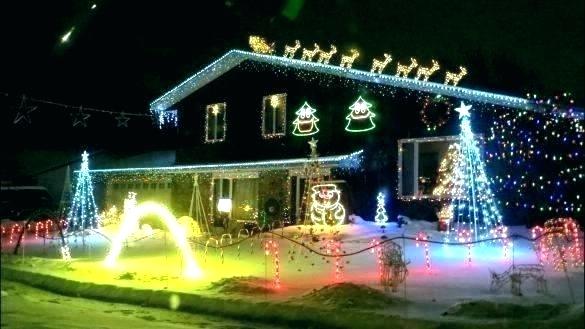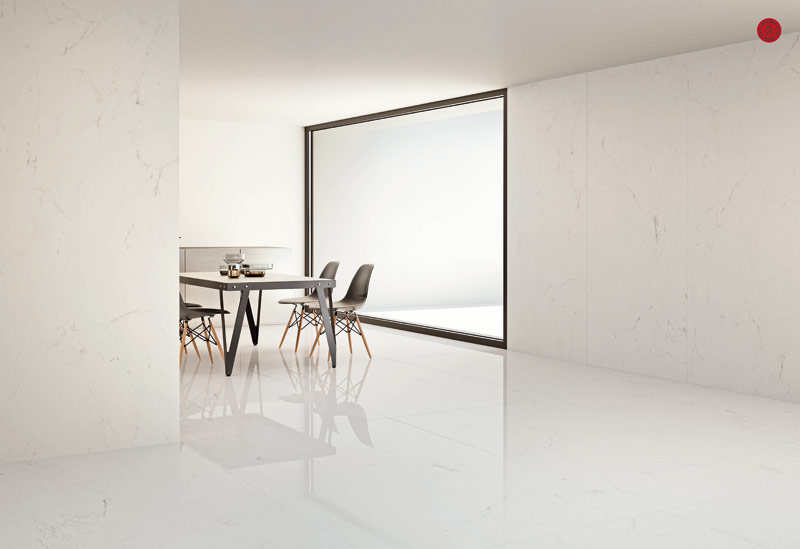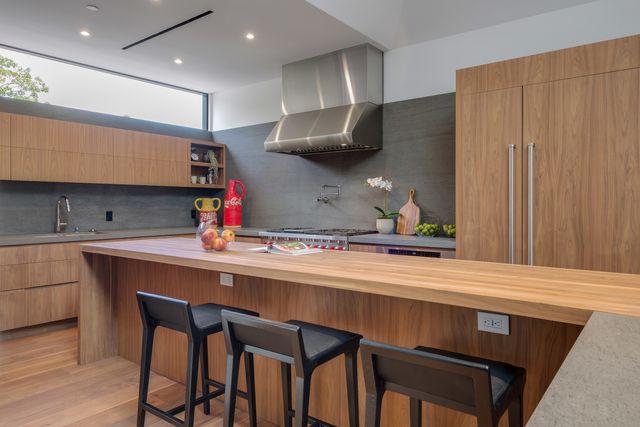Before you start looking for a luxury chandelier, you might want to consider a specific category. Indeed, there are multiple categories in chandeliers. More specifically, these are the ‘styles’ of a chandelier. Gone are the days when you were stuck with a traditional crystal chandelier. There are many options available, more than you can imagine. In this article, you will learn about different types of chandeliers.
While there are various decors and seemingly endless selections for chandeliers, we are bringing you the list of the best chandelier designs.
Crystal Chandeliers
When you think about the word ‘chandelier’ perhaps this is the image that will pop up. Full of crystals, glasses, hand-cut additions, ornaments like hanging glass chains and much more. A crystal chandelier is straight from the history books and movies that you’ve seen. It can be victorian, french, baccarat and many others.
It can be quite towering and large in size, as well with multiple frames and materials. However, crystal chandeliers come in various sizes and styles today. Still, they are closest to the most dazzling chandeliers.
Traditional Chandeliers
If it’s not the crystal chandelier, then a traditional chandelier might flash an image. Think of these as the ones that drive inspiration from ancient selections. These are the ones with iron, wooden and other kinds of frames and a selection of light. Often, the inspiration comes from ancient Greek or Roman styles. Either way, these have great curves and a linear build.
While crystal chandeliers are full of glass integrations, these chandeliers are more based on traditional structures and constructions.
Contemporary Or Modern Chandeliers
Contemporary or modern chandeliers break the norms of traditional or crystal chandeliers. These blend more with the modern decor that you see. There isn’t any accurately defined line or shape. You can find them in various abstract concepts. For example, wooden boxes composed together that hold light could be a contemporary chandelier. These are more of a showpiece, or home decor, like furniture.
Transitional Chandeliers
Perhaps you would like something that has a hint of crystal or traditional chandeliers but conforms to the modern appeal, as well? Transitional chandeliers combine both of these aspects. For example, they might have light holsters like traditional or crystal chandeliers, but a body or composition of a modern chandelier.
You can find many options in this category. These are mostly the people’s go-to options because of the versatility in the design. Comfort and budget are the primary focus here.
Rustic Chandeliers
Remember the mention of the chains in the chandelier? If you are looking for something more like it is straight from the castle or dungeons, these are the chandeliers to seek. They look better in a specific theme or setting, like a wooden cabin with a royal interior and so on. Rustic chandeliers are timeless classics and will enhance the appeal of any place.
Bottom Line
Indeed there are different kinds of chandeliers, but these are the most sought-after designs and selections. Either way, it all comes down to the budget and the type of appeal you’re looking for to get the best chandelier design! If you still can’t decide, then an art glass chandelier might be a better option for you.






